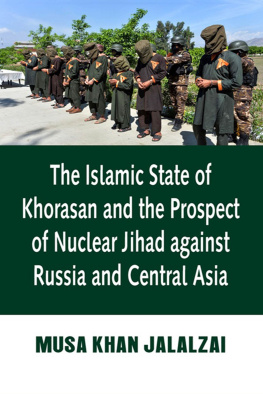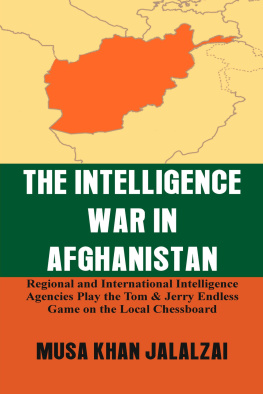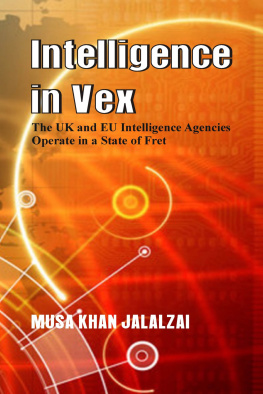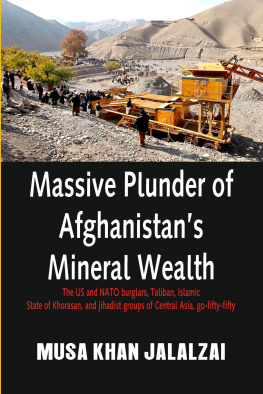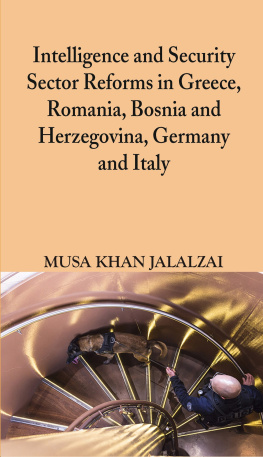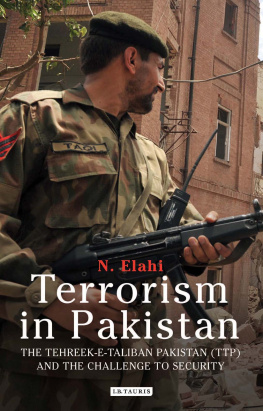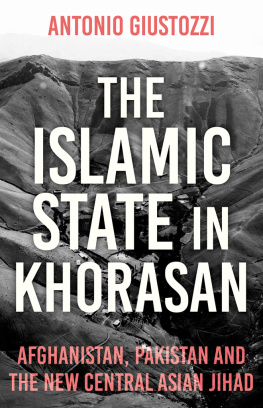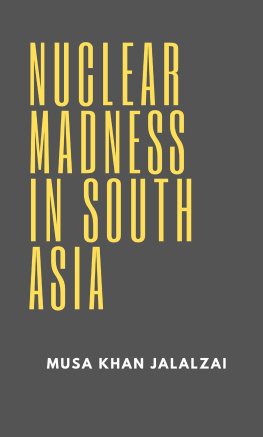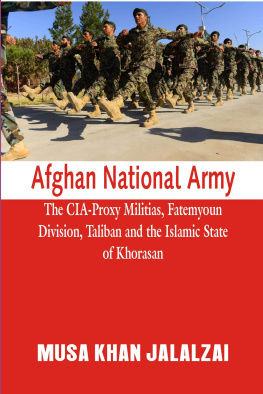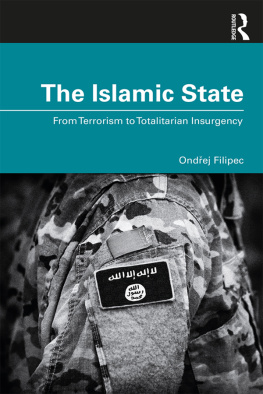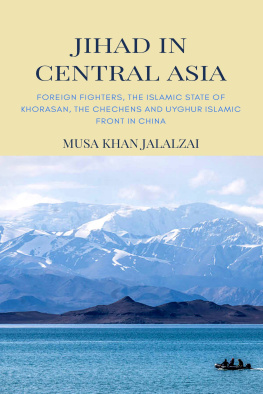Published by
Vij Books India Pvt Ltd
(Publishers, Distributors & Importers)
2/19, Ansari Road
Delhi 110 002
Phones: 91-11-43596460, 91-11-47340674
Mobile: 98110 94883
e-mail:
www.vijbooks.com
Copyright 2019, Author
ISBN: 978-81-94261-85-8 (Hardback)
ISBN: 978-81-94261-82-7 (ebook
All rights reserved.
No part of this book may be reproduced, stored in a retrieval system,
transmitted or utilised in any form or by any means, electronic,
mechanical, photocopying, recording or otherwise, without the prior
permission of the copyright owner. Application for such permission
should be addressed to the publisher.
It comes from history. It comes from the record of the Inquisition, persecuting heretics and torturing Jews and all that sort of stuff; and it comes from the other side, too, from the Protestants burning the Catholics. It comes from the insensate pursuit of innocent and crazy old women, and from the Puritans in America burning and hanging the witches, and it comes not only from the Christian church but also from the Taliban. Every single religion that has a monotheistic god ends up by persecuting other people and killing them because they dont accept him. Wherever you look in history, you find that. Its still going on.
Philip Pullman
The United States expedition against Central Asia and Russia is at the end of the road. The exact number of ISIS cumulative force might overshoot 500,000 fighters and commanders as per the outstretched geographical structure of Russia and Central Asia. In this holy war, the use of nuclear, chemical and biological weapons cannot be ward off as the ISIS has already used these weapons in Syria, and Iraq. The Saudi, Qatar, China, and Pakistans jihadist groups are dancing to the US and NATO tangos, and playing as proxies in the ISIS brutal war against Afghanistan, Yemen, Syria, and Iraq. In May 2017, Syrian Ambassador to China told reporters about the presence of more than 5000 Chinese Uyghur fighters in Syria. This figure was several times higher than the approximation of Chinese government. Pakistan has a long history of militants sponsorship. The military establishment played a central role in using militant groups as proxies in Afghanistan, and Kashmir. This sponsorship allowed Daesh to established strong military bases in Lahore, Gujrat, Bahawalpur, Sadiqabad, Rahimyar Khan, Sindh, and Baluchistan, and received military training in different military camps. Research scholar Dr. Yunis Khushi in his recent paper has noted details of this recruitment process in his research paper:
The recruitments for ISIS have been going on in Pakistan for the past more than 3 years, but the Foreign and the Interior Ministries of Pakistan have been constantly denying the presence and activities of ISIS in Pakistan. Law Enforcement agencies have very recently arrested many people from Lahore, Islamabad, Karachi and Sialkot who were associated with ISIS networks. Men have been recruited as jihadist or mujahids and women as jihadist wives to provide sexual needs of fighters who are fighting in Syria, Iraq and Afghanistan. Many women, impressed and convinced through brainwashing with the concept of Jihad-Bil-Nikah, got a divorce from their Pakistani husbands and went to marry a Mujahid of ISIS for a certain period, came back gave birth to the child of Mujahid, and remarried their former husband. Some decide to continue that marriage for the rest of their lives. All of this is being done to obtain worldly wealth and later eternal life in Heaven because ISIS is paying something around 50,000 to 60,000 Rupees per month to every warrior.
The Islamic State (Waqar Ahmed-18 June 2019) opened its Pakistan branch with the name of Wilayah of Pakistan-a move aiming at luring local militants who are largely on the run. However, in his Defense Post article, Robert Postings (25 May 2019) highlighted the establishment of Daesh networks in Baluchistan province, and also noted the creation of Pakistan chapter of Khorasan, and al-Hind province: On May 14, 2019, the ISIS issued several claims for attacks in Afghanistans Nangarhar and Kunduz provinces, all attributed to Wilayah Khorasan. This suggests that, for the time being at least, Khorasan Province still exists but is much reduced geographically. The creation of Pakistan and al-Hind provinces follows significant recent restructuring of ISIS provinces. In July 2018, ISIS upgraded their affiliate in East Asia to a full Wilayah, and later that year merged multiple Wilayah in countries that contained more than one into a single entity covering the entire country. This was most noticeable in Iraq and Syria where more than a dozen provinces become just Wilayah Sham and Wilayah Iraq, but Yemen and Libya were also rationalized.
Prominent analyst Sara Mahmood (The Diplomat, 12 January 2019) in her paper noted vulnerability of Chinese worker and the threat of ISIS, Taliban and Uyghur militants operations in Pakistan. She also noted resentment of local jihadists against the presence of Chinese in Baluchistan province: In 2019, Chinese economic projects, nationals, and interests will be vulnerable to terrorist attacks in Pakistan due to close bilateral ties and the significant Chinese physical presence in the country. The perception of China as a colonizing power and its treatment of Uyghur Muslims in Xinjiang will aggravate Chinas existing vulnerability. The terrorist threat will not emanate only from Baloch separatist groups, but also Islamist terrorist entities, such as the Tehrik-i-Taliban Pakistan (TTP) and Islamic States (ISIS) local affiliates in the country......... Baloch insurgent groups have displayed hostility toward the Chinese presence in Pakistan, with the province already rife with anti-Pakistan and separatist sentiments for decades. These ethno-nationalist groups perceive the Chinese presence as exploitation of local resources, referring to China as a colonizing power next to Pakistan.
Moreover, two years ago, Tony Cartalucci (Global Research, July 02, 2017) had warned in his article that the United States policymakers wanted to disrupt China-Pakistan Economic Corridor (CPEC), and noted the encirclement of Iran for the purposes of regime change: Baluchistan, and more specifically, the port city of Gwadar, serves as the central nexus of the China-Pakistan Economic Corridor (CPEC). It is a complex and expanding system of rail, roads, ports, and other infrastructure projects built jointly with the Pakistani government to facilitate regional economic growth and an integral component of the much larger One Belt, One Road initiative. Disrupting Chinas economic lifelines to the rest of the world is an open objective of US policymakers. A paper published in 2006 by the Strategic Studies Institute titled, String of Pearls: Meeting the Challenge of Chinas Rising Power across the Asian Littoral. identified Gwadar by name as one of several components of Chinas String of Pearls...........Creating violence in Baluchistan, Pakistan thus serves to not only mire Chinese ambitions across Asia, but it also assists Washingtons long-standing objective to encircle Iran with hostile state and non-state actors ahead of eventual regime change operations against Tehran.
All these developments and strategies in Afghanistan and Pakistan are handwriting on the wall. The ISIS affiliate known as the Islamic State of Khorasan receives around $300 million each year from outside donors, mostly individuals from Kuwait, Qatar, and Saudi Arabia. Salafi Jihadism has become a serious challenge in Central Asia that encompasses five statesUzbekistan, Kazakhstan, Kyrgyzstan, Tajikistan, and Turkmenistan. Analyst Uran Botobekov (19 May 2019) in his paper notes the existence of the members of Islamic Movement of Uzbekistan in various provinces of Afghanistan: The Islamic Movement of Uzbekistan still commands about 500 fighters in Afghanistan, concentrated in Faryab, Sari Pul, Jowzjan, Kunduz, Baghlan, Takhar and Badakhshan provinces. Around another 500 Central Asian fighters are distributed between Khatibat Imam Al-Bukhari, Katibat al Tawhid wal Jihad, Islamic Jihad Union.....This Russian and Turkic-speaking terrorist groups are trusted by al Qaeda and Taliban leaders and have become a link in their strategic ties.


